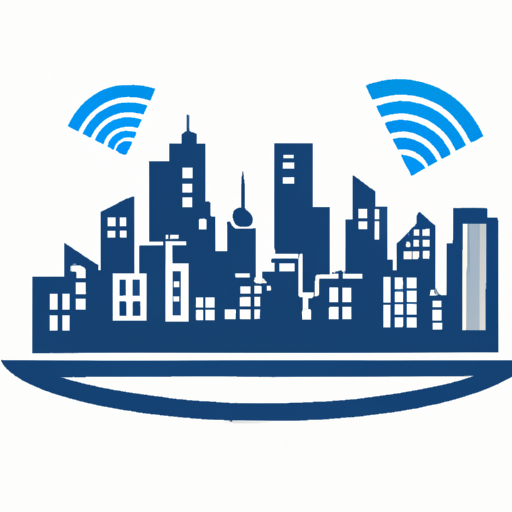In recent years, smart fabrics have emerged as a groundbreaking technology at the intersection of wearable technology and textile innovation. These fabrics are revolutionizing how we interact with clothing, providing a seamless blend of fashion and functionality. As the demand for smart clothing surges, industries are exploring the myriad of applications for these intelligent textiles.
What Are Smart Fabrics?
Smart fabrics, also known as e-textiles or biometrics textiles, incorporate advanced technologies into traditional materials, enabling them to react and adapt to various stimuli. Utilizing embedded electronics and sensors, these fabrics can measure health metrics, respond to environmental changes, and even communicate with other devices through the Internet of Things (IoT).
Applications of Smart Fabrics
The applications of smart fabrics are diverse and growing rapidly. Here are a few prominent uses:
- Health Monitoring: Smart fabrics can track vital signs such as heart rate, temperature, and muscle activity. This technology is being integrated into athletic wear and medical garments, allowing for real-time health monitoring.
- Safety and Protection: Industries like construction and firefighting are utilizing smart textiles that change color in response to temperature, offering an extra layer of protection for workers.
- Comfort and Adaptability: Fabrics that respond to environmental conditions can enhance comfort levels by adjusting insulative properties based on temperature or humidity.
- Smart Fashion: Designers are increasingly incorporating LED lights and sensors into fashion, allowing garments to change colors or patterns based on the wearer’s mood or surroundings.
The Future of Smart Fabrics
The future of smart fabrics looks promising, with continuous investments in research and development leading to more sophisticated products. As technology advances, we can expect to see:
- Greater integration of AI and machine learning within smart textiles, leading to smarter decision-making and personalized experiences.
- Increased sustainability in the production of smart fabrics, as manufacturers seek eco-friendly materials and processes.
- Expansion into everyday clothing, making wearable technology accessible to the average consumer.
Conclusion
Smart fabrics are not just a trend; they represent a paradigm shift in how we view and use textiles. As the line between fashion and technology blurs, the possibilities are endless, paving the way for a future where wearable technology enhances our daily lives in unprecedented ways. Stay tuned as we continue to track the evolution of this fascinating industry!
For more updates on smart fabrics and innovations in wearable technology, subscribe to our newsletter or follow us on social media.




